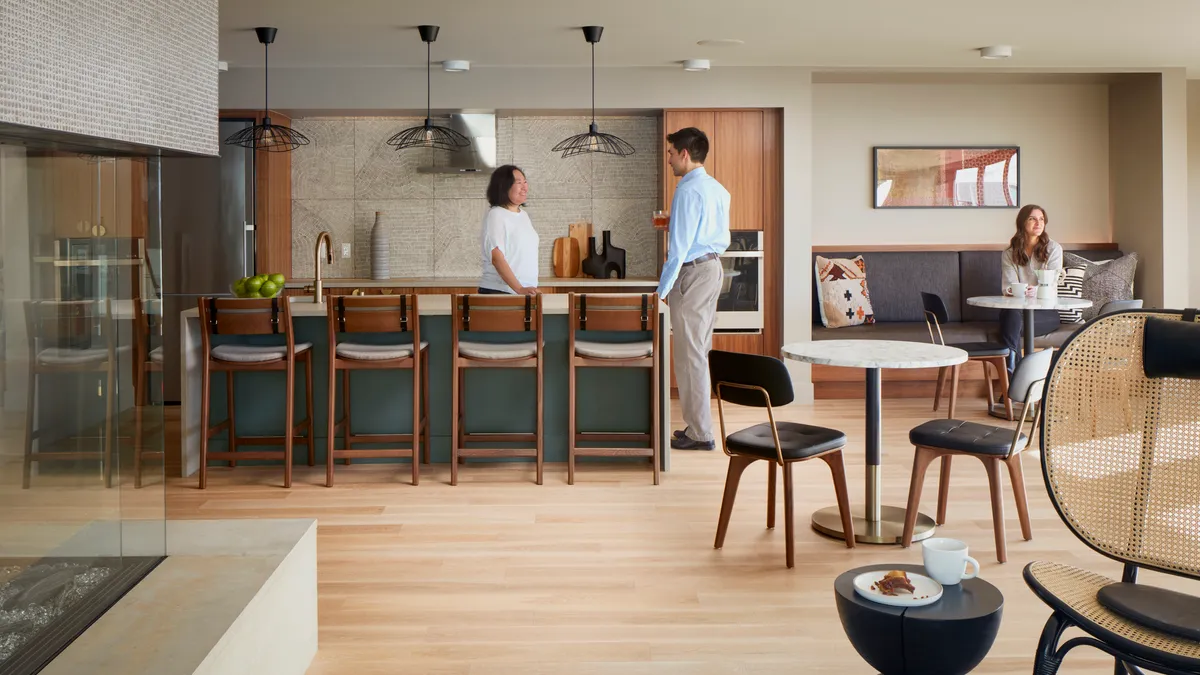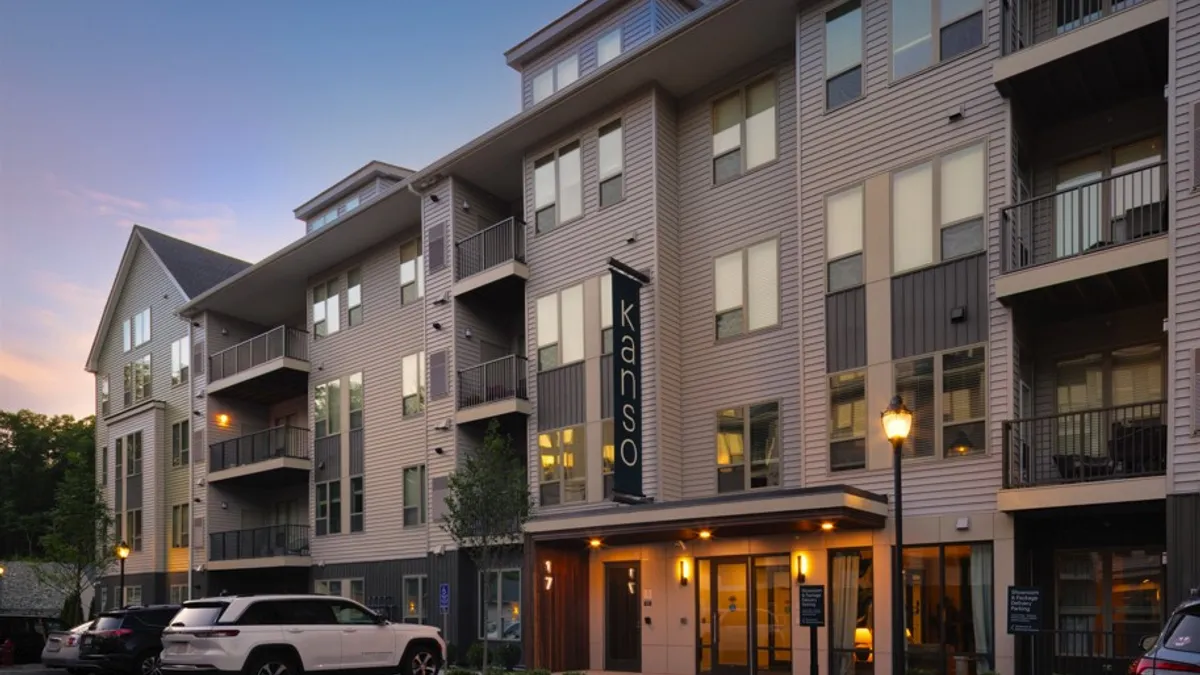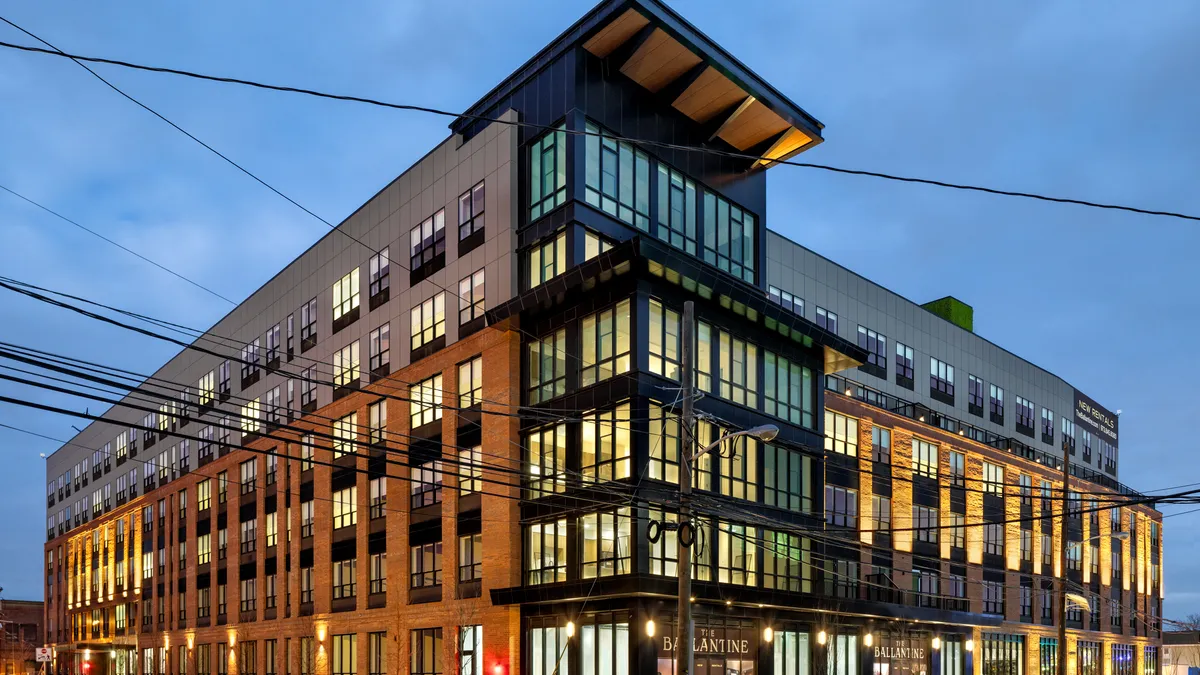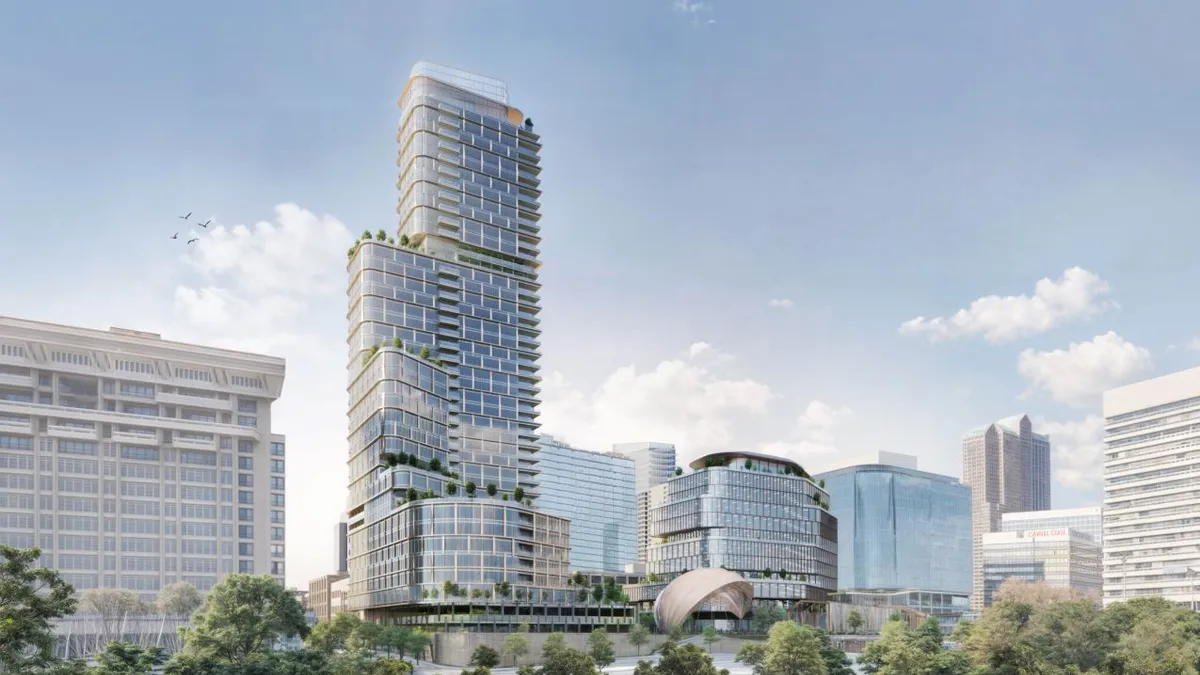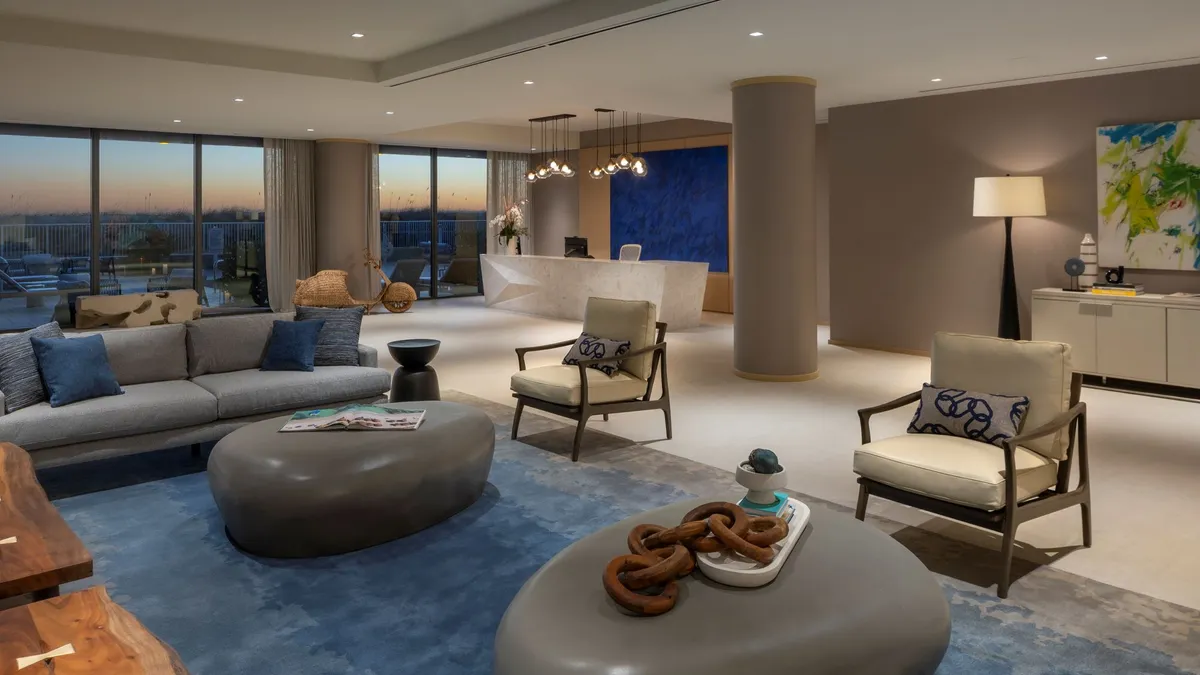This story is the second in a series of three looking at what young renters want in an apartment and how to market to them. Click here for the first article and here for the third.
The COVID-19 lockdown period was a disruptive force for Gen Z Americans, interrupting school, social activities and other formative experiences over the course of several years. Now, as newcomers to the rental market, members of this generation are seeking new connections and looking for properties that can support and foster them.
While they want to be able to access the digital world from anywhere at any time, they also desire the opportunity to form connections with neighbors and places, whether on the property or in the surrounding community.
“Although considered ‘connected,’ Gen Z struggles to find ways to truly cultivate community around similar values and interests,” Connor Blakley, CEO and founder of Gen Z marketing firm Youth Logic, told Multifamily Dive. “Dedicated environments, or niche verticals to create and foster community within living spaces, will be the single largest differentiator of winners and losers when winning Gen Z.”
Working and playing from anywhere
Gen Z is the first generation to grow up with the Internet and other high-tech devices at their fingertips, and the pandemic made these tools more vital for work, education and socialization.
“[The pandemic] has created a need for connectivity,” said Ryan Kimura, senior vice president of strategic partnerships at Dallas-based Premier, a development and design firm with roots in the hospitality sector that has made a recent move into luxury and student multifamily housing.

The need to provide resources for renters working from home is not new. However, Kimura has found that Gen Z has a preference for collaborative co-working spaces — smaller than a full-size conference room, but not fully private — that stems from a desire for more intimate study rooms in student housing. These, in turn, provide opportunities for renters to get to know each other and to spend time with one another once they do.
“You need areas for two, three, four people,” Kimura told Multifamily Dive, “Not [just] conference rooms of six to eight.”
Wi-Fi access should be available from day one to new residents so they can continue their work and connect to the broader world. “Gen Z doesn’t want to move in and wait for Internet. They want it immediately,” said Rachael Lewis, managing principal/Urban Living Interiors at Portland, Oregon-based architecture & interior design firm Ankrom Moisan. “They’re using that to get groceries, to connect with people. It's a huge part of their life.”
Comforts of home
Within individual units, understanding the way Gen Z lives means understanding their view of what home is. “Many Gen Z also consider the home environment as a work one. They view the home environment through a holistic lens, not just a place to sleep,” Blakley said.
Much like past generations at their age, members of Gen Z are just getting their start in their professional careers. They are likely to be moving frequently and sharing apartments with roommates, and as such value their privacy and storage space, according to Melissa Joerg, project manager at Alameda, California-based MBH Architects, designer and architect of market-rate, mixed-use and senior housing. Smart storage solutions, including built-in pantries, are rapidly gaining popularity in individual units.
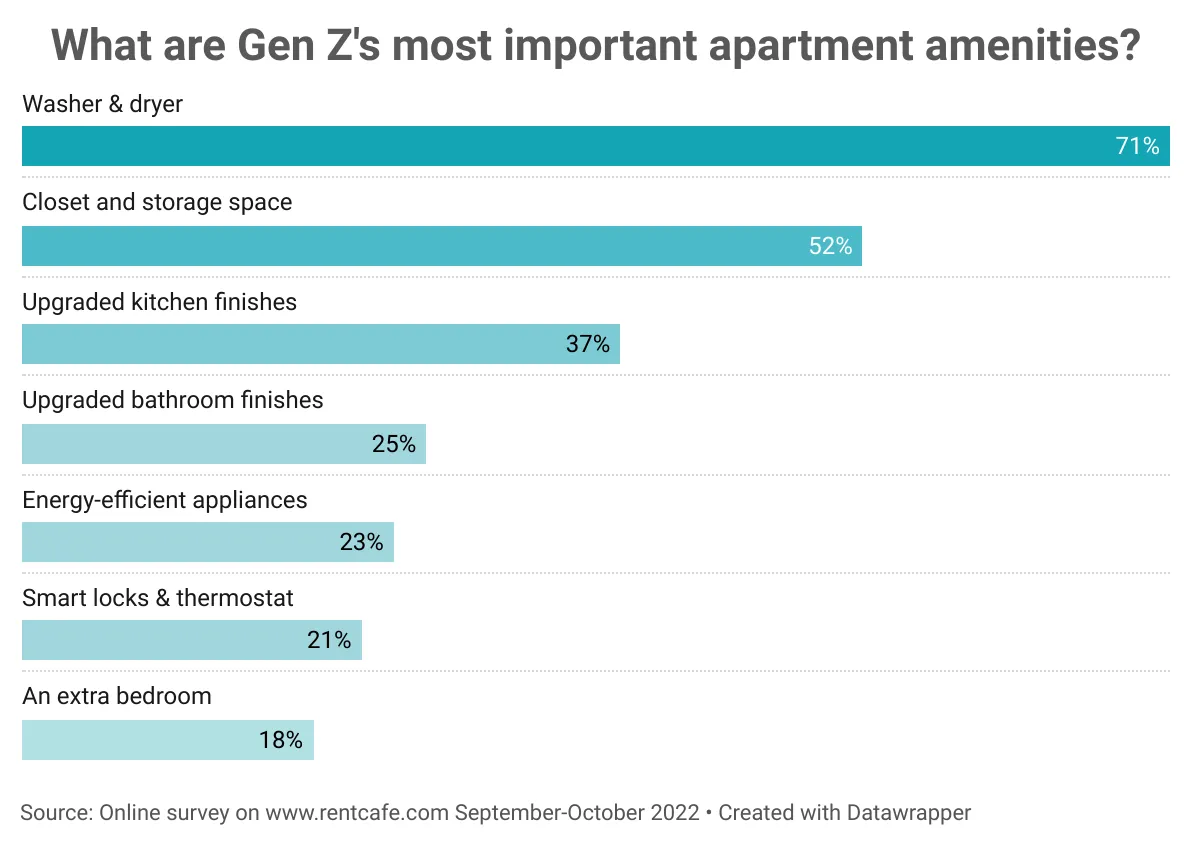
Despite the siloing of renters into generations, there are certain amenities that will appeal to residents of any age. “En suite bathrooms, walk-in closets and functional building amenities such as larger package rooms and fitness areas were, and are still, design elements that transcend generations,” Joerg told Multifamily Dive.
At the unit design level, MBH Architects aim to provide this new generation of renters with flexible layouts with spaces that can serve as “work from home nooks,” as well as a variety of finishes to meet tenants’ comfort and aesthetic preferences.
“We try and provide comfortable spaces that act as blank slates for our tenants to curate a space that fits their needs and personalities,” said Joerg.



